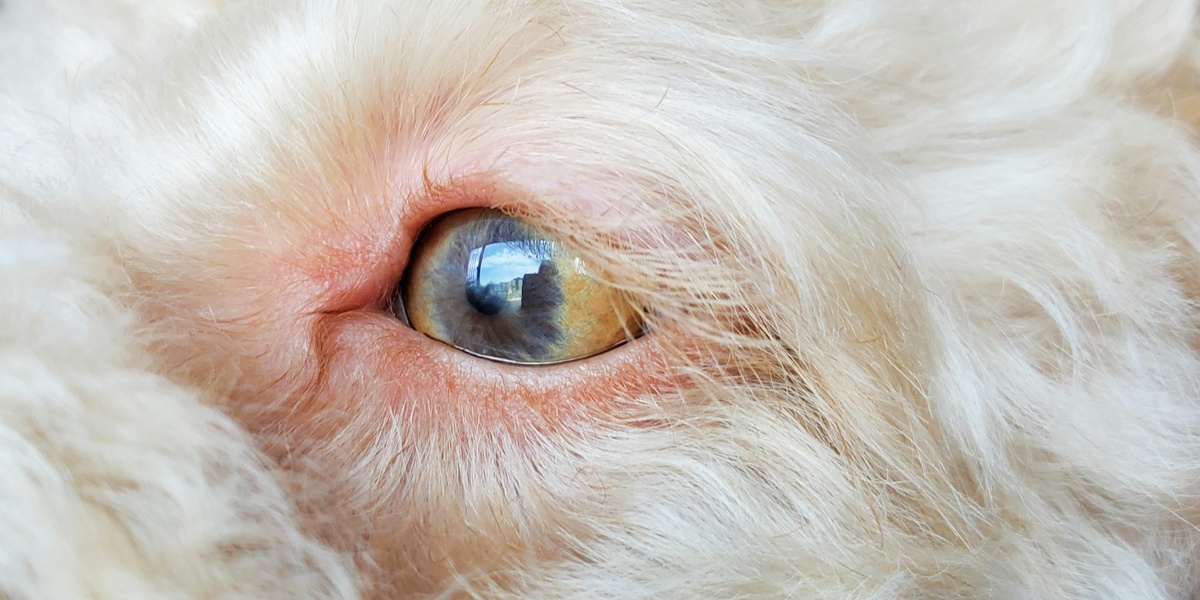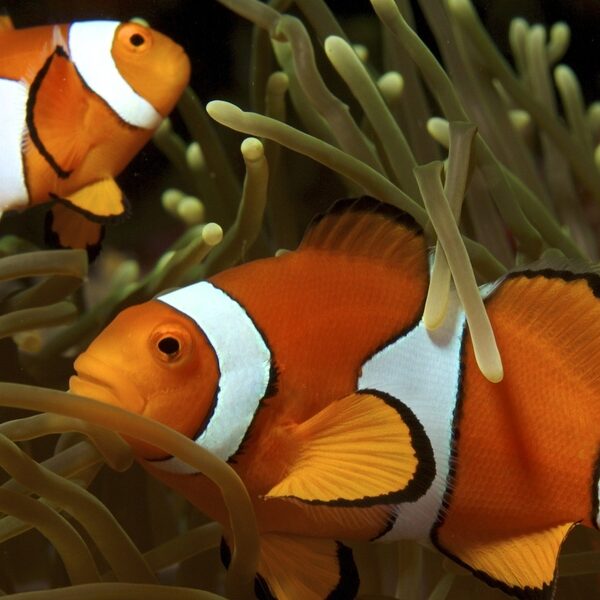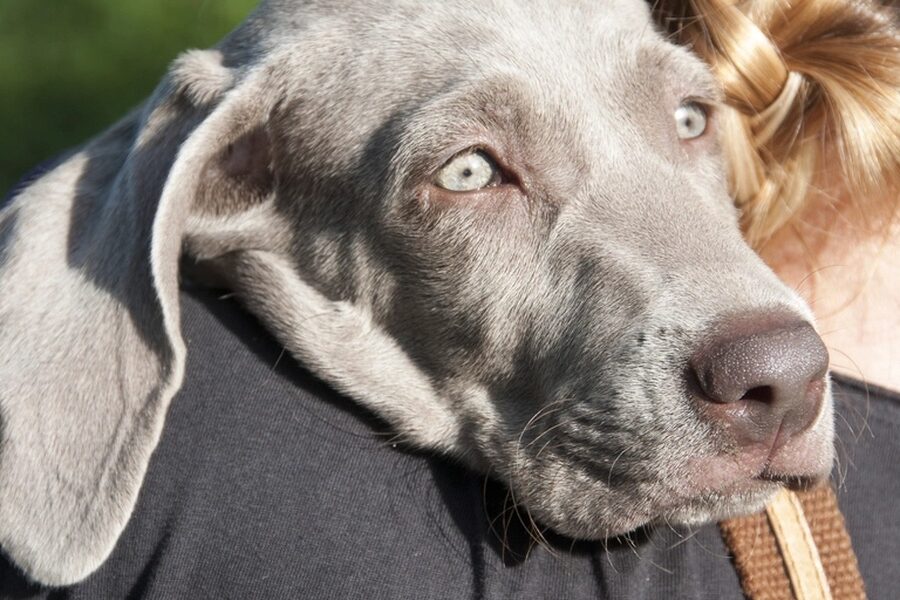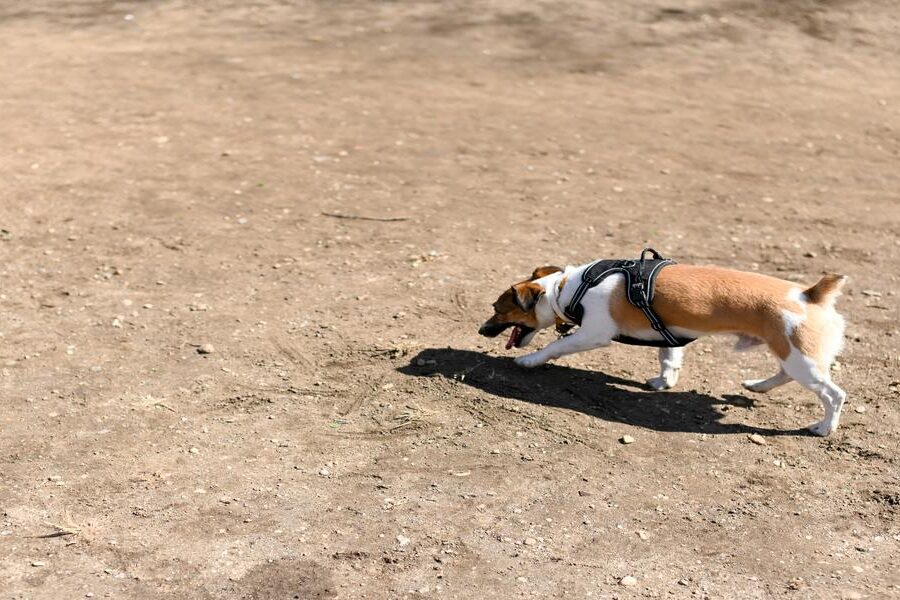Whether you live in a city apartment or a country home, eye color can be a striking feature that catches attention on walks and at play. Knowing which small breeds commonly show blue eyes helps you pick a companion that fits your lifestyle and care routine.
There are 14 small blue eyed dog breeds, ranging from Alaskan Klee Kai to Shetland Sheepdog, and each entry includes Scientific name,Size (weight kg, height cm),Blue eye likelihood (genetics)—details you’ll find below.
How common are blue eyes in small dog breeds?
Blue eyes are relatively uncommon and usually tied to specific genes (like merle, piebald, or the rare blue-eye locus) rather than size. Some small breeds are predisposed by breeding lines, so eye color frequency varies by breed and parent genetics; checking pedigrees or breeder records gives the best clue.
Do blue-eyed small dogs have any special health considerations?
Blue eyes themselves aren’t a diagnosis, but the genes that cause them (especially merle or piebald) can be linked to hearing or vision issues in some cases. Ask for health clearances, consider genetic testing, and get regular vet checkups to catch any problems early.
Small Blue Eyed Dog Breeds
| Name | Scientific name | Size (weight kg, height cm) | Blue eye likelihood (genetics) |
|---|---|---|---|
| Alaskan Klee Kai | Canis lupus familiaris | 3-11 kg, 25-43 cm | Relatively common; heterochromia and husky-like pigmentation, merle possible. |
| Miniature American Shepherd | Canis lupus familiaris | 7-18 kg, 33-43 cm | Common, especially merle and heterochromia; strong genetic basis. |
| Shetland Sheepdog | Canis lupus familiaris | 6-12 kg, 33-41 cm | Common with merle/white markings; heterochromia occurs. |
| Cardigan Welsh Corgi | Canis lupus familiaris | 11-17 kg, 30-33 cm | Common in merle Cardigans; heterochromia and pigment-related variants. |
| Pembroke Welsh Corgi | Canis lupus familiaris | 10-14 kg, 25-30 cm | Rare; occasional pigment or piebald variants produce blue eyes. |
| Chihuahua | Canis lupus familiaris | 1-3 kg, 15-23 cm | Occasional; merle, piebald, or dilution can cause blue eyes. |
| Dachshund | Canis lupus familiaris | 4-12 kg, 13-23 cm | Occasional in dapple/merle dogs; heterochromia reported. |
| Pomeranian | Canis lupus familiaris | 1.4-3.2 kg, 18-30 cm | Occasional in merle/dilute dogs; heterochromia possible. |
| French Bulldog | Canis lupus familiaris | 8-14 kg, 28-33 cm | Rare but reported in blue/merle or pied genetics. |
| Boston Terrier | Canis lupus familiaris | 5-11 kg, 38-43 cm | Rare; merle or pied variants and heterochromia can produce blue eyes. |
| Havanese | Canis lupus familiaris | 4-7 kg, 23-27 cm | Uncommon; seen with merle/pied or extensive white areas. |
| Papillon | Canis lupus familiaris | 3-5 kg, 20-28 cm | Occasional in merle or unusual white/patch patterns; heterochromia. |
| Chinese Crested | Canis lupus familiaris | 3-5 kg, 28-33 cm | Occasional with dilution, merle, or white patterns; heterochromia. |
| Miniature Pinscher | Canis lupus familiaris | 4-6 kg, 25-30 cm | Rare; merle or dilute lines can yield blue eyes. |
Images and Descriptions
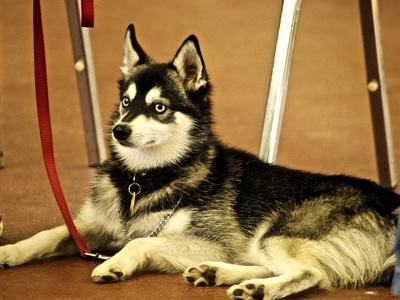
Alaskan Klee Kai
Small husky-like companion from Alaska enthusiasts, alert and curious. Often shows blue eyes due to inherited husky-like pigmentation and heterochromia. Notable for agility and apartment suitability; watch for coat-related genetic health risks in merle or dilution lines.
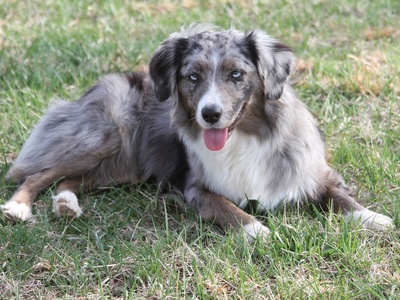
Miniature American Shepherd
Compact herding breed, intelligent, loyal, highly trainable. Blue eyes common in merle and heterochromia; breeders select for small size. Great for active owners, needs mental stimulation; merle-related auditory/ocular health cautions apply.
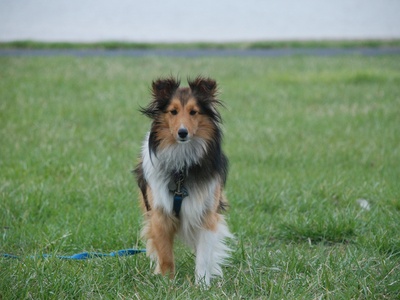
Shetland Sheepdog
Small, agile herding dog, affectionate and bright. Blue eyes appear primarily with merle or white markings; heterochromia possible. Excels in obedience and agility; watch for eye and coat-gene issues like PRA and merle-associated risks.
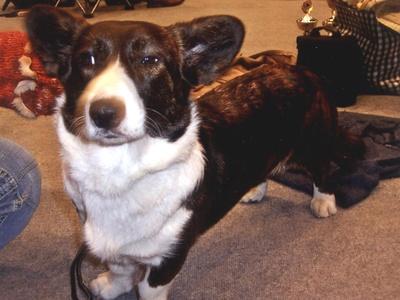
Cardigan Welsh Corgi
Sturdy, short-legged herding breed, loyal and independent. Merle Cardigans commonly show blue eyes or heterochromia. Enjoys herding and family life; merle gene can increase risk of deafness and ocular problems—ethical breeding advised.
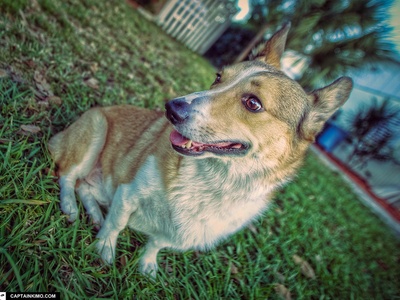
Pembroke Welsh Corgi
Friendly, energetic companion, smaller than Cardigan. Blue eyes rare but reported in certain color patterns and genetic variations. Great family dogs; monitor coat-color genetics and eye health, as unusual pigments can link with sensory issues.
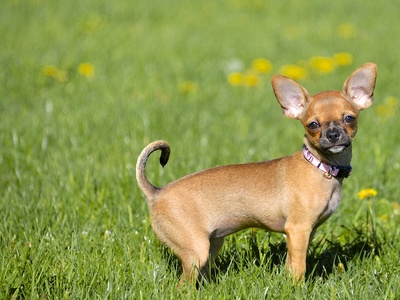
Chihuahua
Tiny, bold companion breed, affectionate and alert. Blue eyes occur in merle, piebald, or dilute patterns; heterochromia sometimes seen. Suited to urban life; beware of merle breeding risks, patellar luxation and dental issues common in breed.
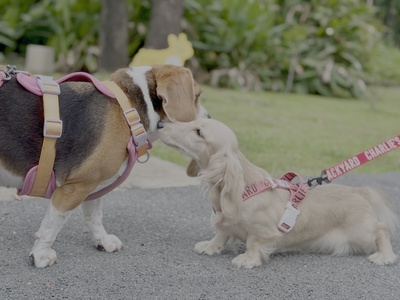
Dachshund
Long-backed, playful, and stubborn scent hound in miniature and standard; miniature fits small criteria. Dapple/merle patterns can produce blue eyes or heterochromia. Loves digging and companionship; dapple-associated deafness/ocular risks and back/spine problems are key cautions.
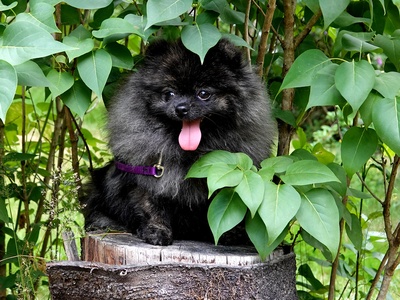
Pomeranian
Fluffy, vivacious toy breed, outgoing and alert. Merle or diluted coats can come with blue eyes or partial blue; heterochromia reported. Ideal urban pets; watch for merle-related sensory risks, tracheal collapse and dental crowding in small dogs.
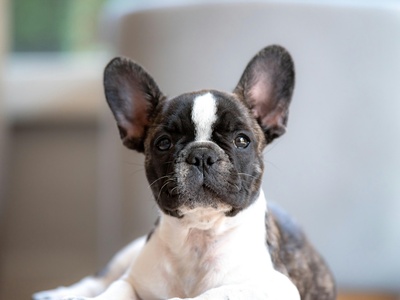
French Bulldog
Compact, affectionate companion with a playful, stubborn streak. Blue eyes occur in rare ‘blue’ or merle coat genetics and sometimes in pied dogs. Suited to city life; breeders should note merle-associated health risks and brachycephalic breathing issues.

Boston Terrier
Friendly, lively companion with tuxedo markings. Blue eyes can appear in rare merle or pied patterns and heterochromia. Good family pets; track coat genetics and eye health, and be aware of brachycephalic and respiratory concerns.
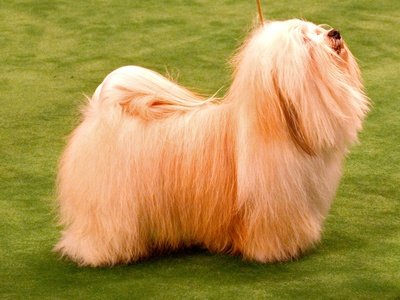
Havanese
Affectionate, adaptable toy companion, social and trainable. Blue eyes are uncommon but seen with extensive white or merle/pied patterns; heterochromia possible. Great lap dogs; breeders should guard against pigment-related sensory issues and general small-breed dental concerns.
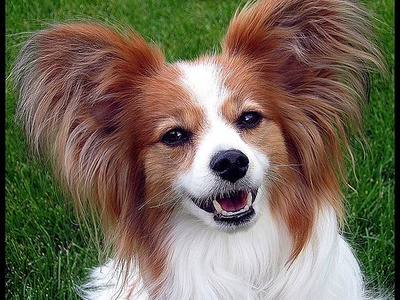
Papillon
Elegant, lively toy spaniel, smart and enthusiastic. Blue eyes occasionally occur with merle or unusual white/patch patterns and heterochromia. Loves training and agility; monitor for coat-gene related ocular risks and dental and patellar concerns in small breeds.
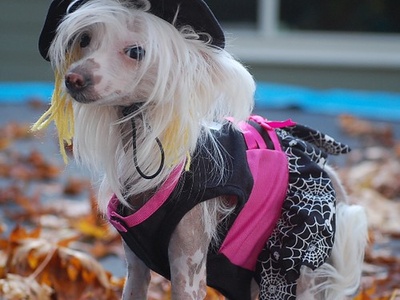
Chinese Crested
Delicate, lively hairless or powderpuff toy breed, affectionate and alert. Blue eyes occur sometimes with white markings, merle, or pigment dilution. Good for owners wanting a small companion; check for pigment-related eye issues and skin sensitivity.
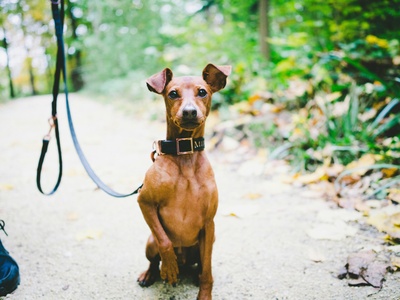
Miniature Pinscher
Energetic, fearless toy breed, bold and independent. Blue eyes are rare but seen in merle or dilute lines; heterochromia occasionally reported. Excellent watchdogs and companions; merle breeding risks and patellar/leg health should be considered.
